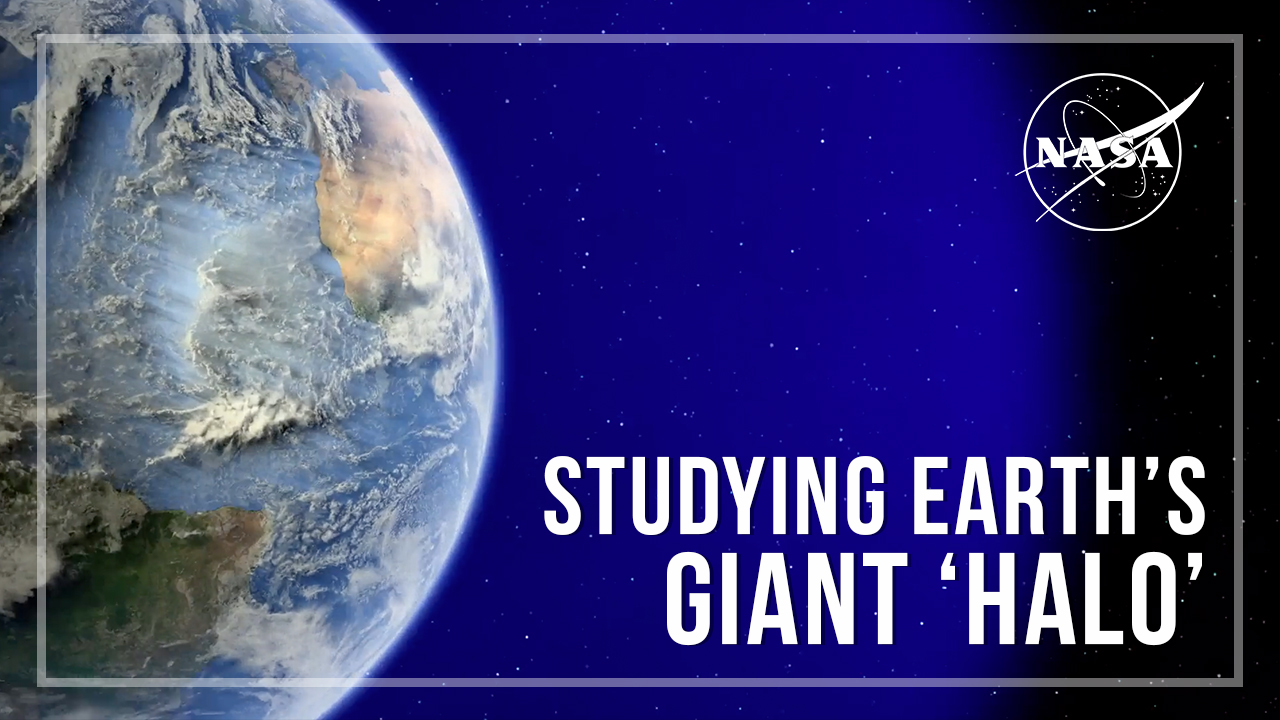In 1972, Apollo 16 astronauts placed an ultraviolet camera on the Moon that captured the first images of Earth’s geocorona, the light emitted by Earth’s outermost atmospheric layer. A new NASA mission bearing the name of the telescope’s creator, Dr. George R. Carruthers, will launch into space to build on that legacy. From a vantage point roughly one million miles closer to the Sun than Earth is, the Carruthers Geocorona Observatory will capture the most comprehensive views of the geocorona to date. The observations will reveal new insights into the structure of our atmosphere, how solar eruptions impact Earth, and how a planet’s surface water can escape to space, aiding the search for habitable planets elsewhere in the universe.
Learn more about Carruthers Geocorona Observatory science: https://science.nasa.gov/science-research/heliophysics/new-nasa-mission-to-reveal-earths-invisible-halo
Learn more about the Carruthers Geocorona Observatory: https://science.nasa.gov/mission/carruthers-geocorona-observatory/

